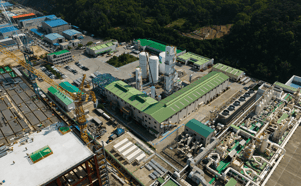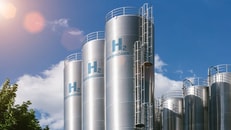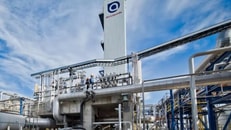OPW Clean Energy Solutions launches new valves to boost hydrogen market
Acme Cryogenics, part of OPW Clean Energy Solutions and Dover, has added two new valves to its Model CV Valve product line to meet growing customer demands in the hydrogen market.
New 6” and 8” valves have been added to the product line for the handling of hydrogen and for use in applications that require a vacuum-jacketed valve and piping system.
Dan Hutchinson, Cryogenics Technical Sales Manager at ACME, said he is proud to introduce new valve sizes within the CV Valve product line following the global expansion of hydrogen infrastructure.
He added, “These larger components reflect our commitment to meeting the evolving needs of our customers, providing them with reliable solutions for the growing hydrogen market.”
... to continue reading you must be subscribed






















